Related Research Articles

Johanna Maria Lind (Madame Goldschmidt) (6 October 1820 – 2 November 1887) was a Swedish opera singer, often called the "Swedish Nightingale". One of the most highly regarded singers of the 19th century, she performed in soprano roles in opera in Sweden and across Europe, and undertook an extraordinarily popular concert tour of the United States beginning in 1850. She was a member of the Royal Swedish Academy of Music from 1840.

Laura Valborg Aulin was a Swedish pianist and composer. Aulin's String Quartet in E minor, Op. 17 and String Quartet in F minor are the most important Swedish music compositions in that genre from the 1880s.

Carin Sophie Adlersparre, known under the pen-name Esselde was one of the pioneers of the 19th-century women's rights movement in Sweden. She was the founder and editor of the first women's magazine in Scandinavia, Home Review, in 1859–1885; co-founder of Friends of Handicraft in 1874–1887; founder of the Fredrika Bremer Association (Fredrika-Bremer-förbundet) in 1884; and one of the first two women to be a member of a state committee in Sweden in 1885.
Emilie Augusta Kristina Hammarskjöld née Holmberg was a Swedish composer and musician. She was active as a concert singer, a pianist and a music instructor. She was a member of the Royal Swedish Academy of Music. She was likely the first woman artist from Sweden to have toured in the United States, prior to Jenny Lind. In Sweden, she is generally known only as Emilie Holmberg, as she left the country shortly after her marriage.
Catharina Fredrika Limnell née Forssberg, was a Swedish philanthropist, mecenate, feminist and salonist.

Ellen Fries was a Swedish feminist and writer. She became the first female Ph.D. in Sweden in 1883. She also founded several women's organizations.

Hilda Catharina Petrini was a Swedish watchmaker, clock maker and businesswoman. She has been referred to as the first female master of mechanics of her country.
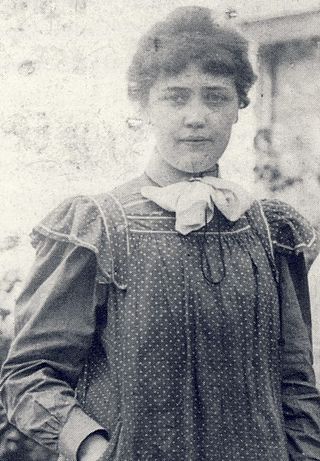
Ruth Milles was a Swedish sculptor and writer. She is mainly known for her figurines and reliefs.

Hanna Mathilda Winge, née Tengelin was a Swedish painter and textile artist. She was one of the five founders of the Swedish women's association Nya Idun.

Albertina Fredrika "Ika" Peyron, née Asp was a Swedish composer, pianist and organist. She wrote songs as well as compositions for violin, piano and solo songs. Her collected works consists of about 40 compositions.

Aurore von Haxthausen, known also by her artist pseudonym as Klara Kuhlman, was a Swedish author, composer, pianist and lady in waiting.

Hilda Augusta Amanda Kerfstedt, née Hallström, was a Swedish novelist, playwright and translator. She was a popular and noted writer in late 19th and early 20th century Sweden, and participated in public debate. She was also engaged in the movement for women's rights, and active in the Fredrika Bremer Association and Married Woman's Property Rights Association. As a feminist, she focused on the debate around sexual equality, and was critical to the contemporary sexual double standards for men and women. As such, she was one of the participants in the Nordic sexual morality debate, the public debate in Swedish papers, books and plays, which took place during the 1880s. Kerfstedt was a member of the women's association Nya Idun and one of its first committee members. She was the editor of the feminist paper Dagny, the publication of the Fredrika Bremer Association, in 1888–1891. She was especially noted within the debate on children's literature.
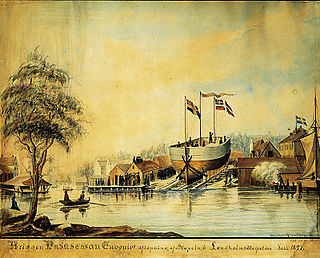
Events from the year 1847 in Sweden

Ester Laura Matilda Claesson was a Swedish landscaping pioneer and is considered the first female landscape architect in Sweden.
Hilda Wilhelmina Josefina Caselli, or Casselli was a Swedish reform educator. She played an important role in the debate of educational issues and women's education in Sweden in the late 19th century. She served as principal of the Statens normalskola för flickor and vice principal of the Högre lärarinneseminariet, and became the founder of the regular national girls' school meetings, Flickskolemöte, in 1879.
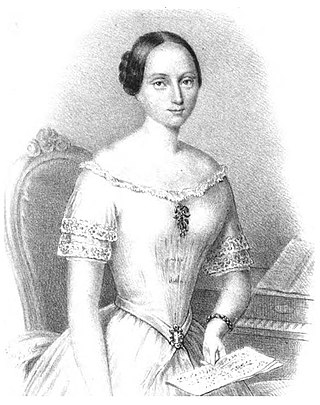
Aurora Mathilda Ebeling (1826–1851) was a Swedish soprano opera singer. After first appearing as a concert pianist in 1842, she made her singing debut at Stockholm's Mindre Theatre in 1844. She performed at the Royal Swedish Opera from 1846 to 1848 before further study in Paris and an engagement with Berlin's Royal Opera in 1850.
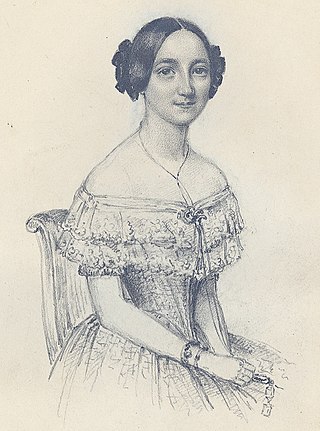
Wilhelmina ("Mina") Christina Fundin was a Swedish operatic soprano who sang at the Royal Swedish Opera without interruption for 30 years. In the mid-1800s, she was considered to be one of the opera's most talented performers.
Elma Charlotta Ström, was a Swedish opera singer.
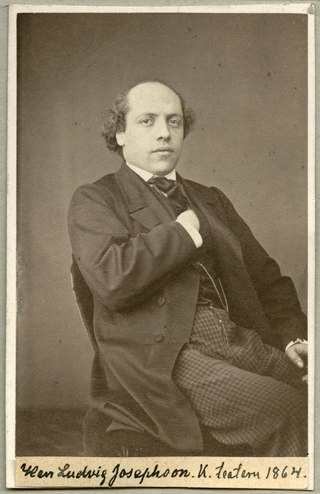
Ludvig Oskar Josephson was a Swedish dramatist, actor and theatre manager.
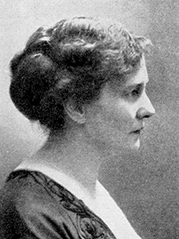
Sigrid Agneta Sofia Elmblad, born Sigrid Agneta Sofia Pettersson, was a Swedish journalist, poet, translator and writer, who translated Der Ring des Nibelungen into Swedish and produced the first Swedish translation of the song of Saint Lucy. she produced her first poems under the pseudonym Toivo. Born in Stockholm to a Swedish father and Finnish mother, she was an early member of the Nya Idun society, rising to be chair between 1918 and 1921. After working as a journalist for the newspaper Dagens Nyheter, she travelled extensively with her husband, the opera singer Johannes Elmblad. While living in Bayreuth, she developed her interest in the music of Richard Wagner, which led her to translate his works into Swedish, including Parsifal in 1917, and the work of other German composers like Robert Schumann. She also wrote fiction for adults and children, as well as biographies for figures like Jenny Lind in 1920. She died in Sweden six years later.
References
- Jonsson Leif, Tegen Martin, red (1992). Musiken i Sverige. 3, Den nationella identiteten 1810-1920. Stockholm: Fischer. Libris 8221448. ISBN 91-7054-685-1 (Fischer (inb.)
- Schück, Martin i Herman Hofberg, Svenskt biografiskt handlexikon (andra upplagan, 1906)
- http://www.ub.gu.se/fasta/laban/erez/kvinnohistoriska/tidskrifter/idun/1906/pdf/1906_47.pdf
- http://www.ub.gu.se/fasta/laban/erez/kvinnohistoriska/tidskrifter/idun/1896/pdf/1896_30.pdf